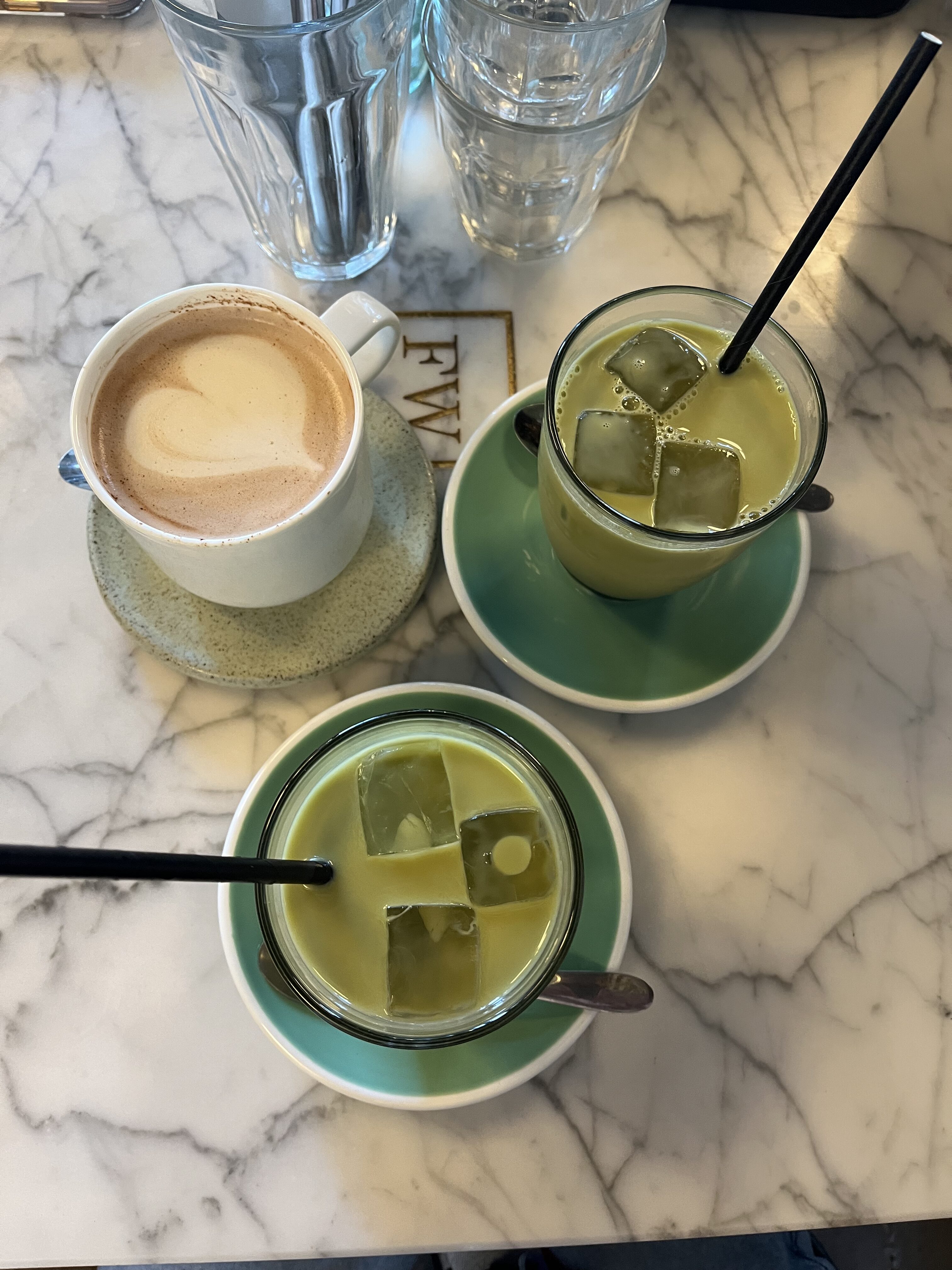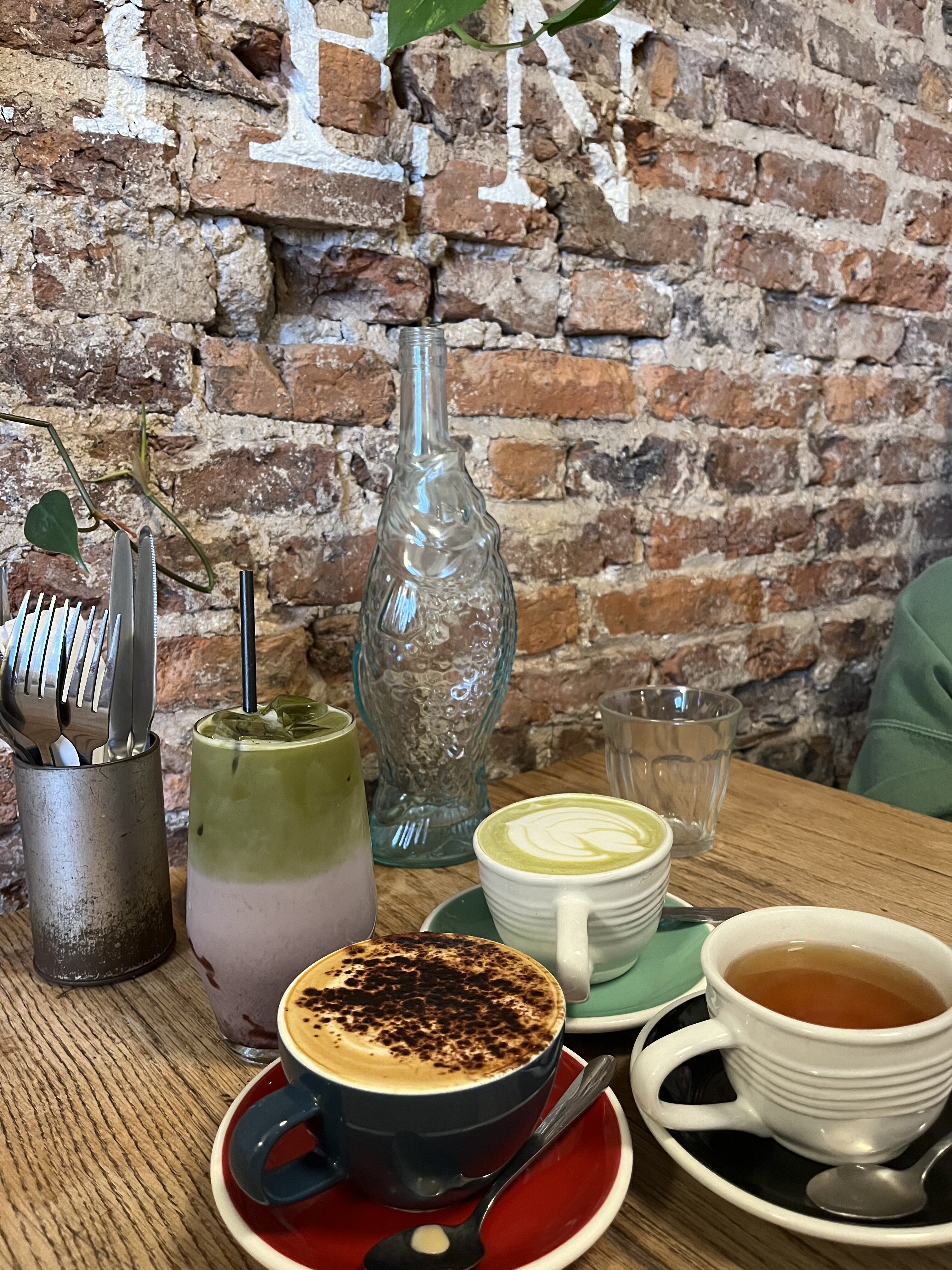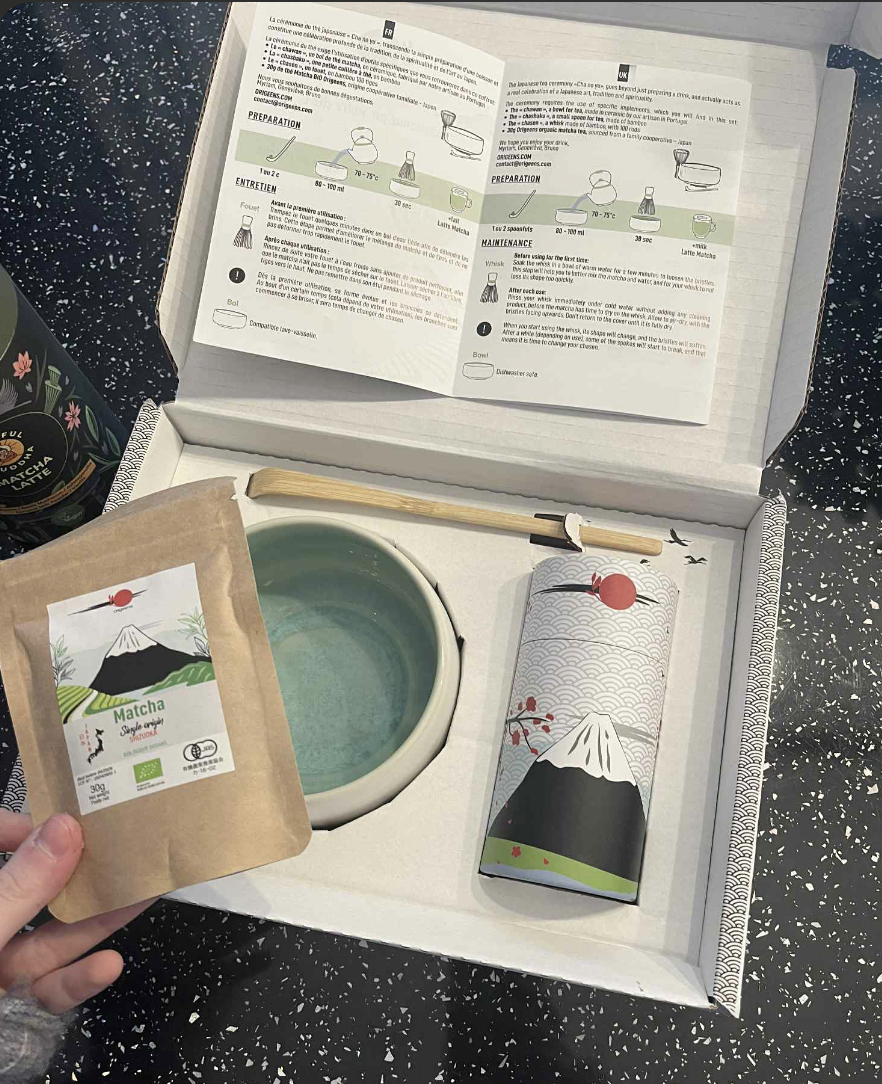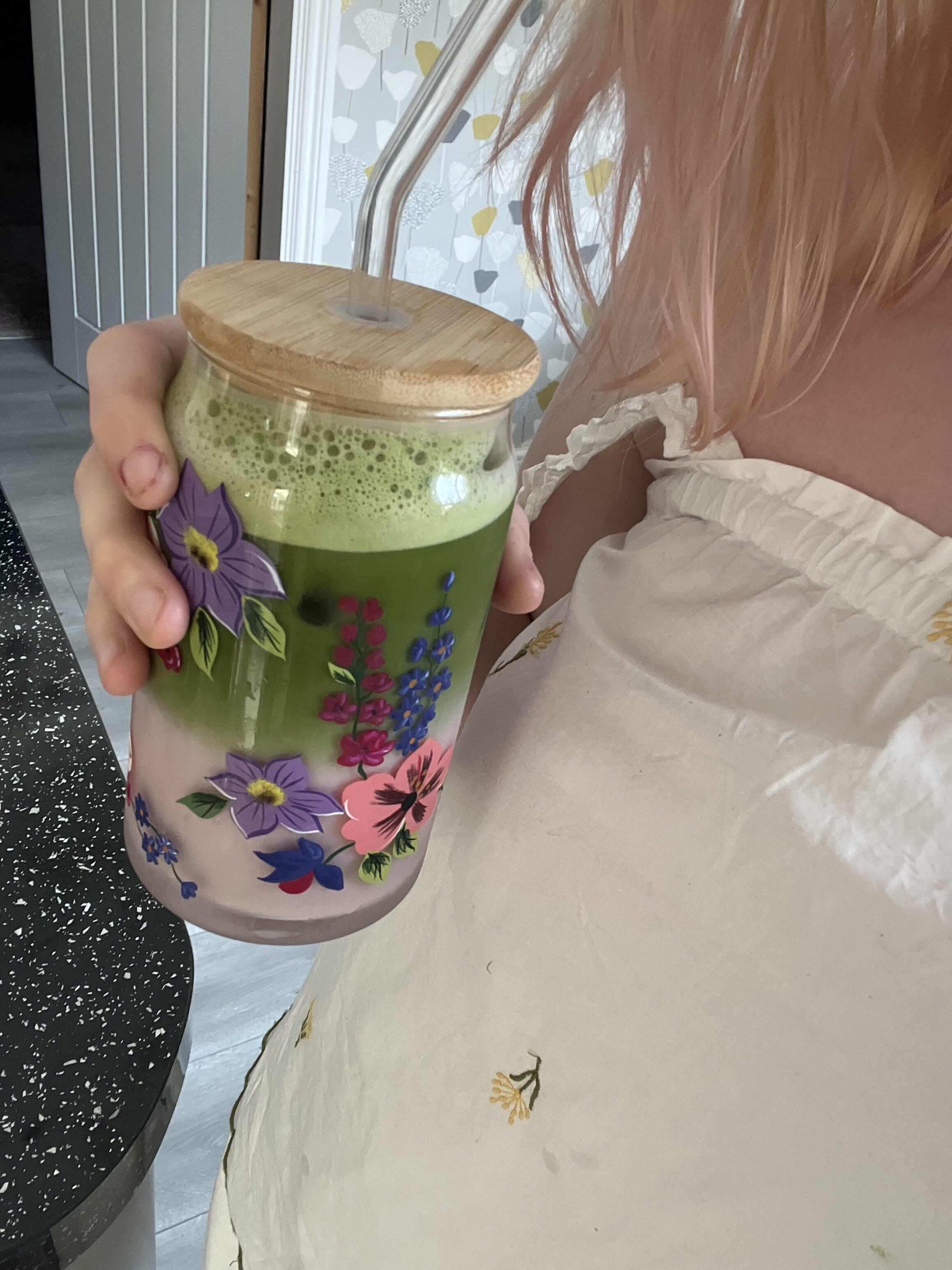Matcha is more popular than ever before, driving up prices and slowing production, which in turn has created a shortage in response to this unprecedented demand. This viral boom is not only present in Britain, but worldwide, with customers continually lured into purchasing matcha powders for premium prices, to receive poor-quality alternatives which only loosely resemble the real deal.
However, its recently viral and undeniable success can partly be attributed to a clever marketing system that sees customers fooled time and again.
Rather than purchasing quality powders or buying a high-grade, “real” matcha-latte from a café, many people have instead been sold a green tea lie.
So here’s how you can tell the difference yourself, spotting the real from the fake, as these so-called cheap versions aren’t quite what they say on the tin.
Matcha is a finely-grounded type of powdered tea

Firstly, matcha is a finely-grounded type of powdered tea, made from rich tea leaves grown and processed using traditional methods. From the point of production, it gains its distinctive flavour, texture and nutritional quality in a process of farming to grinding. It originates from a longstanding cultural practice of Japanese origin, by way of China. The most authentic matcha is derived from regions like Nishio, Uji and Kagoshima, where their rich soil caters for the perfect farming conditions.
Matcha powder has grown in popularity amid a global boom, with popular brands such as Blank Street, Pret a Manger, Starbucks, Café Nero and more, having jumped on the global trend. This sees demand shift from Japan into Western regions, resulting in accusations of “gentrifying” the drink, which shouldn’t be understated.
Matcha, despite often being likened to ‘Marmite’ by dividing public perception through either “loving” or “hating” it, is more popular than ever. Your dislike may even be rooted in the pure bitterness of fake powders, which fails to capture its authentic, and unmissable flavour.
Fake matcha is much duller
Real or “high-grade” matcha appears a bright and vibrant green colour, signalling the health and quality of its production. It’s made from young, shade-grown leaves rich in chlorophyll and is hard to miss given its earthy, spring green character. It should resemble that of fresh-cut grass or jade, indicating its richness.
Low-grade, or cheap alternatives are known for their dullish green, or olive tone, slightly faded, and subject to too much oxidisation. This indicates its poor quality, sourced from older tea leaves, or made incorrectly. A lack of proper shading and processing confirms this.
There’s a noticeable taste difference too
Real matcha has a rich, creamy and subtly-sweet taste, and mild umari. It should feel smooth when consumed, and leave a pleasant aftertaste.
Unauthentic powders are often bitter, flat or resemble that of metal, or even have a fishy flavour. This is a sign of incorrect storage, as matcha typically has a lifespan of around three months, before it starts to go off (and of course, that is for more premium graded powders too). So if your matcha powder appears faded, fishy and gritty, it isn’t the one for you.
Real matcha is easy to spot due to its smooth texture

Premium or ceremonial grade matcha powders can be easily recognised for their smooth quality, almost like baby powder. It should sift easily, and dissolve with ease when adding hot water upon making your desired drink.
People most commonly make matcha-lattes from such powders, adding around 150ml hot (not boiling) water to around three heaps of top-quality matcha, to then pour onto your milk of choice. This is served either hot or cold.
Fake matcha is often clumpy, gritty or coarse, making it hard to blend. This makes it very easy to spot, as poor-quality matcha powders taste unrecognisable, especially when the powder itself fails to blend, and instead floats in the milk, rather than absorbing as intended.
It even smells different
The smell of proper matcha should be fresh, earthy and authentic, reflecting its high-grade quality having been grown from shade-grown tea leaves.
Fake matcha often doesn’t smell at all. This is the biggest detector. Matcha is a strong smelling green-tea powder, which cannot be missed. At best, it may mimic the slight bitterness of more premium versions, but the lack of aroma means it may have gone off, due to incorrect storing.
Premium grade vs ceremonial grade matcha

Premium grade matcha is used for everyday consumption, and is commonly used in matcha lattes, whereas ceremonial grade matcha is typically reserved for traditional tea ceremonies, and is therefore more expensive. Both of which are premium powders, whose packaging are often mimicked by brands looking to profit off this growing trend. This is where low-grade falls under, and here’s how to spot it.
I often find that homemade matcha powder, which you know for sure is premium grade, tastes much better. It’s also much greener, and cheaper in the long run! Here, I used a premium grade Natural Bio powder, which is 100 per cent vegan, and just under £10 for well over 30 servings.
Premium powder for premium prices: Why cheap matcha isn’t worth it
It is very easy to fall for strategic marketing in our ever-materialised world, where matcha is so in demand that it pushes prices up, and so people inevitably look for cheaper alternatives. When it comes to matcha, it is actually worth spending that little bit extra to avoid being ripped off by fake bag of so-called “ceremonial” matcha for less than £5. It simply doesn’t exist. Matcha is expensive because the time, care and sourcing that goes into its production.
Good matcha is worth the money, as its benefits are manifested in quality powders which last for a good few months, make many drinks (as only a few spoonful’s are required), and so if anything, your money goes a long way when spent purposefully. Premium or ceremonial grade matcha can be seen as an investment, known for not only their health benefits, the caffeine (without those same coffee jitters), and its immense flavour. If you love matcha, look out for the signs, as it is definitely worth those extra few pounds for a legitimate purchase, and it’s actually not that much more!

